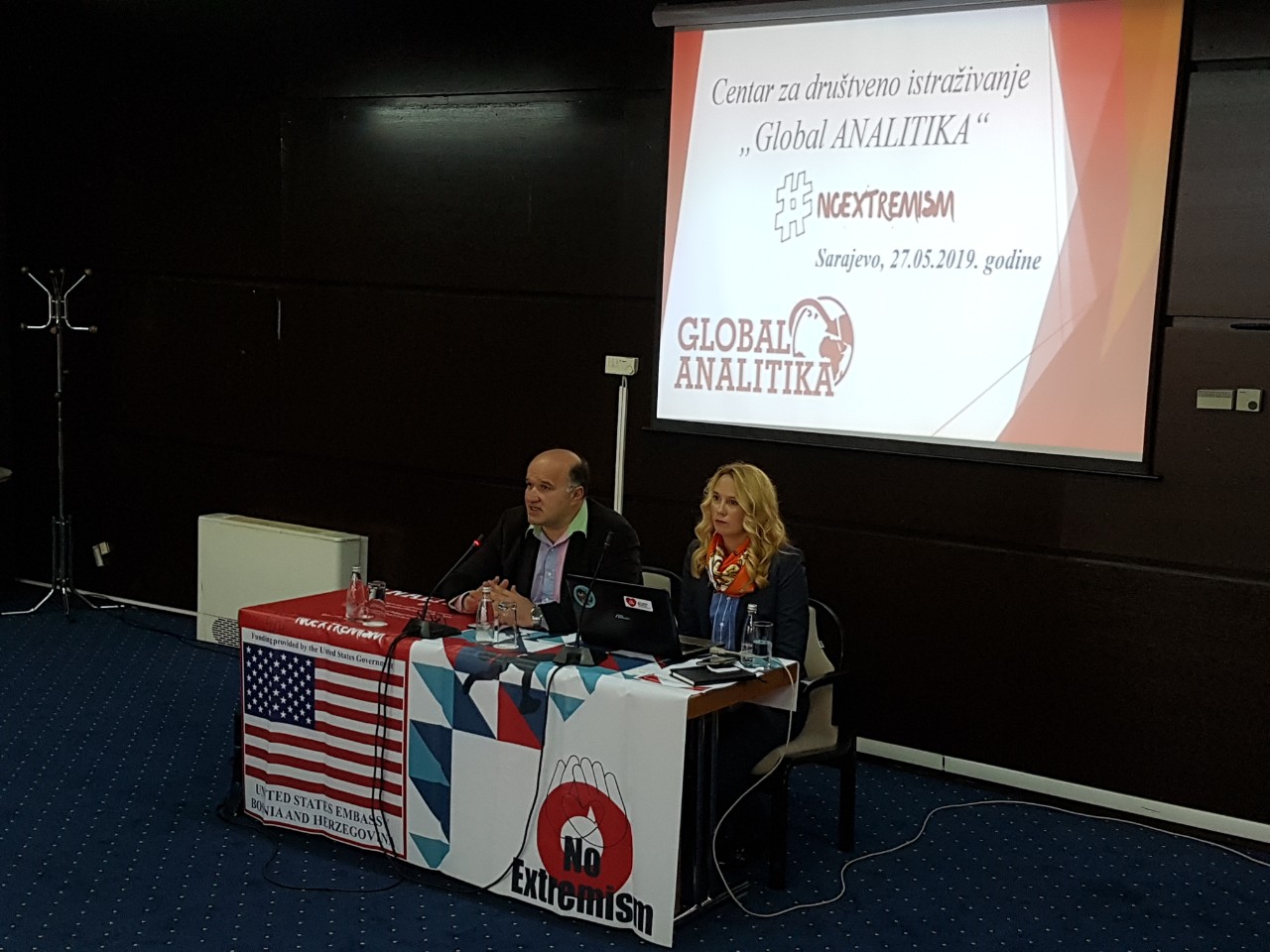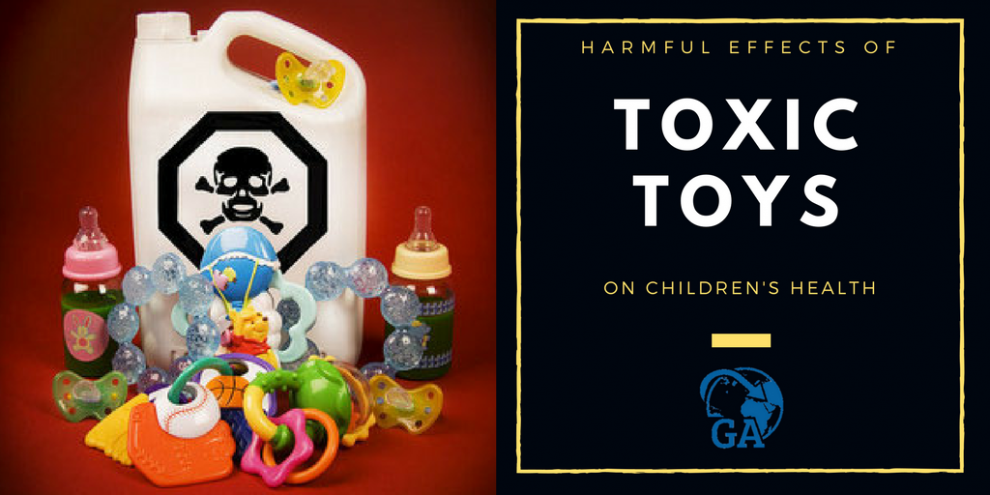Many toys contain synthetic substances that are known to be hazardous to children’s health. They include softeners that are used in plastic toys, which can break the hormone system, formaldehyde used in glued wooden jigs that can cause cancer or flame retardants used in plush toys, which can negatively affect the development of the baby. Independent tests confirm that almost all of these dangerous chemicals can be replaced by safer alternatives.
Children’s toys made from recycled plastic contain toxic flame retardant chemicals OctaBDE, DecaBDE and HBCD. This was found in a newly published survey of the International POPs Elimination Network (IPEN) into products from 26 different countries.
- The composition of toys that are harmful to the child’s development
High concentrations of the toxic chemicals were found, among others, in Rubik’s cubes. 90% of the examined cubes contained OctaBDE and/or DecaBDE. These poisonous chemicals end up in toys when casings of electronic equipment are used in the recycling process.
The chemicals are hazardous for the public health, especially children. They can harm the nervous system, human hormone system and reproductive system and create adverse effects on children’s brain development. The use of toxic flame retardants is prohibited in the EU. However, plastic recycling often takes place in African or Asian countries, where the rules on these chemicals are less strict. Therefore, the chemicals end up back in the chain.
Children are much more sensitive than adults due to exposure to toxic chemicals due to their larger skin surface in relation to their weight, increased respiratory volume and higher metabolism, and thus absorb more toxic substances than adults. Their immune and nervous systems are still developing and their detoxification systems are not fully functional. In addition, the baby’s skin is considerably younger than the one in the adult, and the skin is not developed enough to act as an obstacle. Children are exposed to a multitude of hazardous chemicals from various sources, not just from skin and toy care products, but also from everyday products such as clothing, food or furniture.
The Chinese consumer organization warned parents not to allow children to put toys in their mouths after many toys were found that contain toxic agents which could cause liver or kidney damage. This amazing advice was sent after the Council of Users found phthalate agents at concentrations up to 300 times higher then allowed due to standards in the US or the European Union, in more than half of the toys tested. The found chemicals are used to create plastic, more flexible and durable toys, which are prohibited by US and EU in concentrations above 0.1% in children’s toys and bedding. Of the tested Chinese toys, most of the phthalates contained 28 to 38 percent.
- Situation in Bosnia and Herzegovina
In Bosnia and Herzegovina, media inscriptions can often be read about the withdrawal of larger quantities of toys after testing has shown to contain the health of dangerous substances. Eg. By mid-2015, around 7.000 products that pose a health and safety hazard are withdrawn from the shelves. The trend continued in 2016 when a number of different items were withdrawn from the market again, with a large percentage being toys. Here we can see the need for the Market Surveillance Agency, which is currently authorized to monitor the products that are in the sale, expanding the scope for and the obligation to check products that have not yet been released. The reason for this lies in the fact that breaches of import regulations are constantly in progress, and the answer may be late, because the products are already on shelves and in the hands of our children. This applies also to the recent case in which testing revealed the presence of dangerous substances in seven types of toys.










